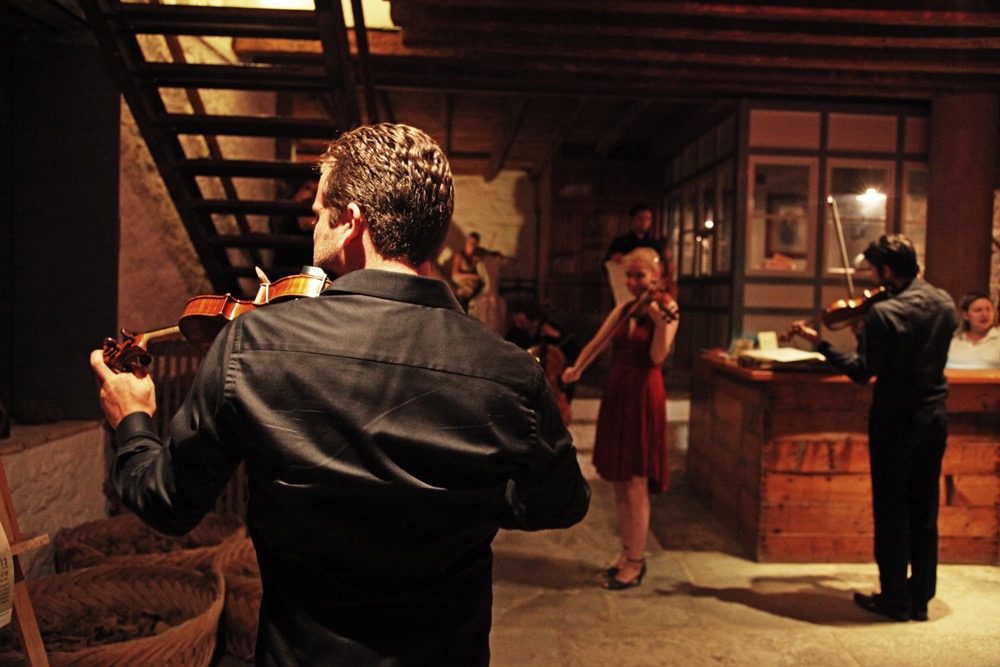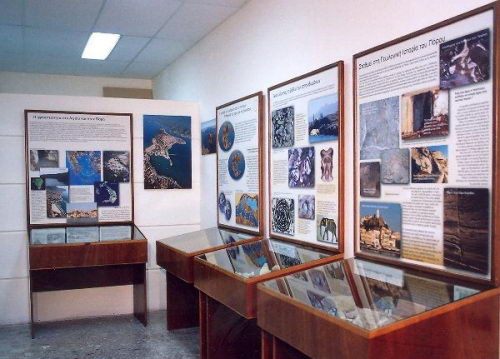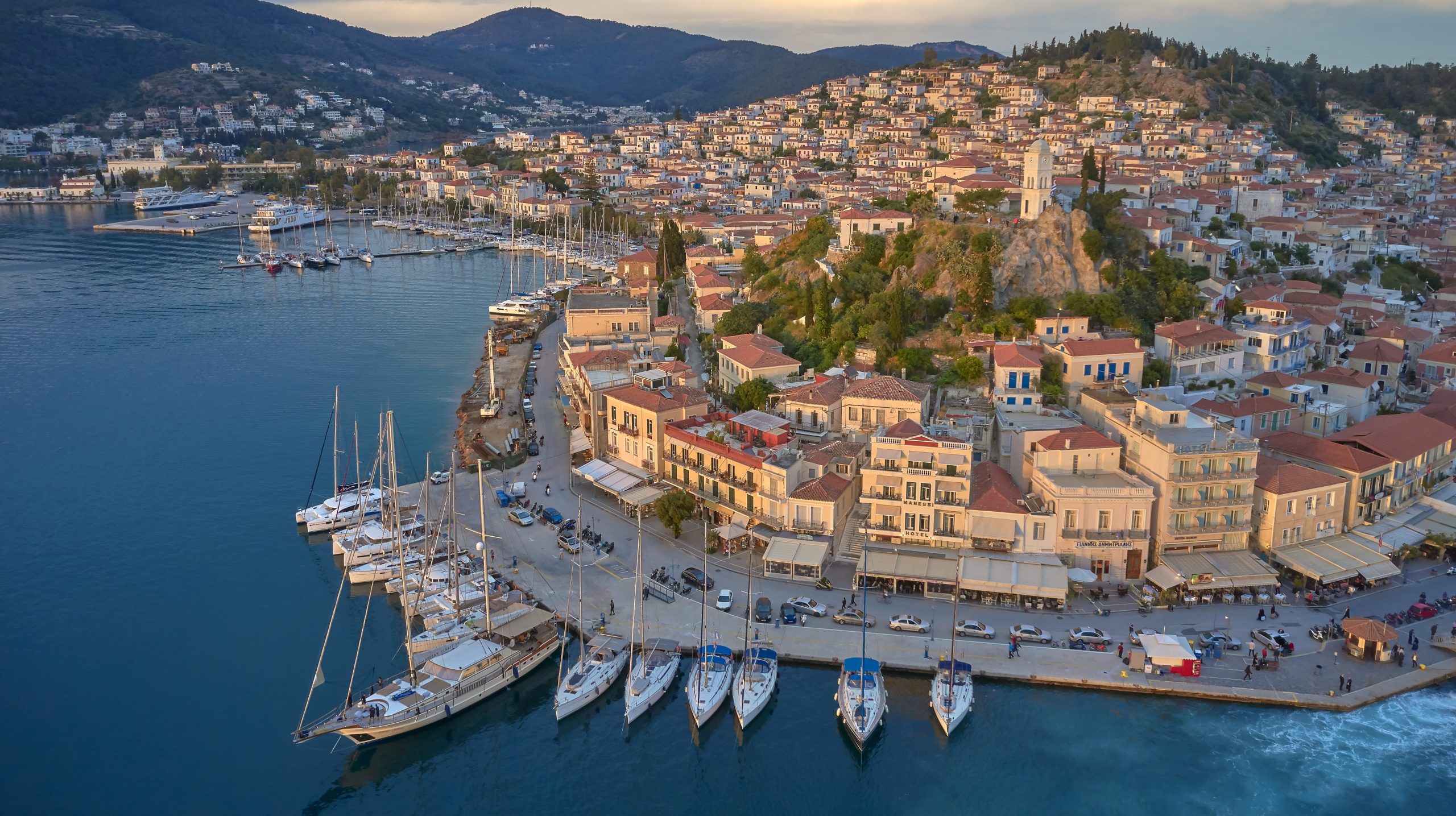Archaeological Museum of Poros
Archaeological Museum of Poros
The Archaeological Museum of Poros was built in the two years 1967-1968 on the site of the old home of Alexandros Korizis (Prime Minister of Greece in 1941), which was donated by his heirs to the Greek State for this purpose. In the Museum there are two exhibition rooms, one on the ground floor and one on the first floor of the building, which host exhibits from the entire area of Troizinia, as well as the finds of the old excavations of Philadelphios in Ermioni.
The ground floor exhibition includes sculptures, inscriptions and architectural members from Troizinia, Kalavria and Methana. In the vestibule of the hall there is a large relief with the representation of a dog, carved in a massive plinth with openings that show that it was incorporated into an ancient building. It was found in the area of Agios Georgios in the Foussa valley (near the village of Upper Fanari), where the existence of an extensive ancient settlement and cemeteries has long been known. In the same place, a plaster cast of the famous inscribed stele from Troizinia with the text of the Athenian resolution proposed by Themistocles in 480 B.C. has been exhibited. to deal with the Persian invasion. The original of this stele, as is known, is today in the Epigraphic Museum of Athens (EM 13330). The epigraphic exhibits also include an archaic epigram (circa 600 B.C.) carved on a tracheite cuboid, a tombstone of Androcles, son of Eumaris, found in Methana, an honorary inscription of the city of Troizinia for Ehilao Philonidou from Plataeus (369 B.C.), and the inscribed pedestal of a bronze statue of the Roman emperor Marcus Aurelius, a dedication of the city of Methana (175-180 A.D.).
The sculpture of classical times is represented by two statuettes, a naked boy and a woman in tunic and robe, from Legrand’s old excavations on the acropolis of Troizinia, by a statuette of Asclepius, found in Wide’s excavation at Kalavria, and from some tombstones of the 4th c. B.C., recent finds from the area of the cemeteries of the ancient city. Among the latter, a remarkable tomb relief stands out with a supernatural-sized representation of a woman, wearing a low veil with a low bosom and a robe that also covered the head. The head and neck, as well as the arms, were inlaid, made from separate pieces of marble. However, most of the tombstones of Troizinia belong to the imperial times, a period during which a series of imposing funerary monuments were built around the city walls. Of particular personal interest is the epitaph of the Kalaureate rhetorician Xenocrates, son of Moschos, who was killed in battle for his homeland, as stated in the engraved epigram dated to the 3rd century. e.g. The stele was found in the area to the NW of the sanctuary of Poseidon, where the cemeteries of ancient Kalavria are located.
A brief picture of the form of the pilasters of the three main architectural rhythms and their evolution from Archaic to Roman times is offered to the visitor with a series of pilasters from the old excavation of the Swedes in the Sanctuary of Poseidon in Kalavria, a Doric of the 6th c. B.C., another, also Doric, of the 5th c. e.g. and a corner Ionic of the 4th c. B.C., supplemented by two examples of Corinthian column helmets from the Roman period, one from Methana and the other from Troizinia. The second of these is decorated on its two main faces with relief facades, testifying to its origin as a theater building. Early Christian architecture is also represented in the exhibition with capitals and suffixes of this period from the wider area of Troizinia.






